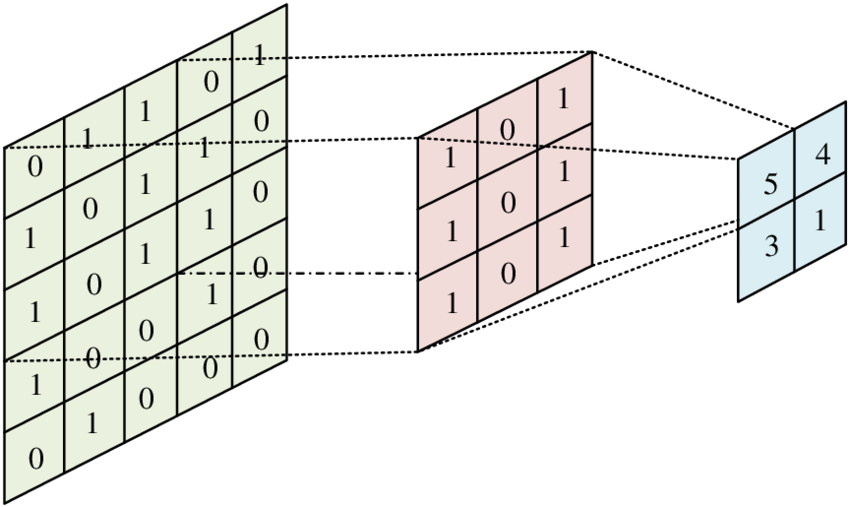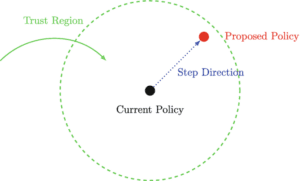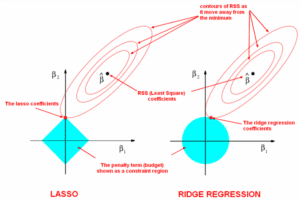A Brief History of Convolutions
The mathematical foundation of convolutions dates back to the 18th century in signal processing and differential equations. They became central to machine learning in the 1980s when Yann LeCun and his team applied them in convolutional neural networks (CNNs) for recognising handwritten digits. This breakthrough marked a significant leap in pattern recognition and automation.
What Are Convolutions?
Convolutions are like cookie cutters for data: they “slice” out specific patterns such as edges in images or recurring signals in audio. In machine learning, convolutions apply filters (small matrices) over data to extract relevant features, allowing models to focus on the most important information.
Why Are Convolutions Being Used? What Challenges Are Being Addressed?

Why Use Convolutions?
- Efficiency: Reduce computational demands compared to fully connected layers.
- Feature Detection: Identify patterns like edges, corners, and textures automatically.
- Scalability: Process high-dimensional data effectively.
Challenges Addressed
- Handling High-Dimensional Data: Extract meaningful features without overwhelming computational resources.
- Pattern Recognition: Automate the detection of intricate patterns.
- Versatility: Adapt to various data types, including images, audio, and time-series data.
How Are Convolutions Used?
In neural networks, convolutions slide filters across input data to produce feature maps. This process is broken into three key steps:
- Applying Filters: Highlight features such as edges and colours.
- Pooling: Downsample feature maps while retaining essential information.
- Stacking Layers: Combine convolutional and pooling layers to create hierarchical representations.
Convolutions are widely used in image classification, object detection, and segmentation tasks.
Different Types of Convolutions
- 1D Convolutions: Process sequential data like audio signals or time-series data.
- 2D Convolutions: Handle image data by detecting spatial patterns.
- 3D Convolutions: Analyse volumetric data, such as videos or medical scans.
- Transposed Convolutions: Upsample data for applications like image reconstruction.
Different Features
- Parameter Sharing: Filters are reused across inputs to reduce complexity.
- Local Receptive Fields: Focus on small sections of data to detect localised patterns.
- Feature Hierarchies: Build layers of increasing complexity, starting with edges and progressing to objects.
Different Software and Tools for Convolutions
- TensorFlow: Provides extensive support for convolutional operations.
- PyTorch: Offers customisable convolutional layers for research and deployment.
- Keras: Simplifies the application of convolutional architectures.
- OpenCV: Includes tools for convolution-based image processing.
- MATLAB: Supports convolution operations for signal and image processing tasks.
Three Industry Application Examples in Australian Governmental Agencies
- Healthcare: Convolutions analyse medical images, such as CT scans and X-rays, to diagnose diseases.
- Agriculture: Detect patterns in satellite images to monitor crop health and optimise land use.
- Environmental Management: Identify deforestation or flood risks by analysing geospatial data.
Official Statistics and Industry Impact
- Global: According to Statista, 78% of computer vision systems in 2023 relied on convolutional techniques, reducing error rates by 35%.
- Australia: A 2023 report by the Australian Department of Industry revealed that 62% of AI-driven projects in agriculture and healthcare used convolutions, achieving a 25% improvement in accuracy and efficiency.
How interested are you in uncovering even more about this topic? Our next article dives deeper into [insert next topic], unravelling insights you won’t want to miss. Stay curious and take the next step with us!











